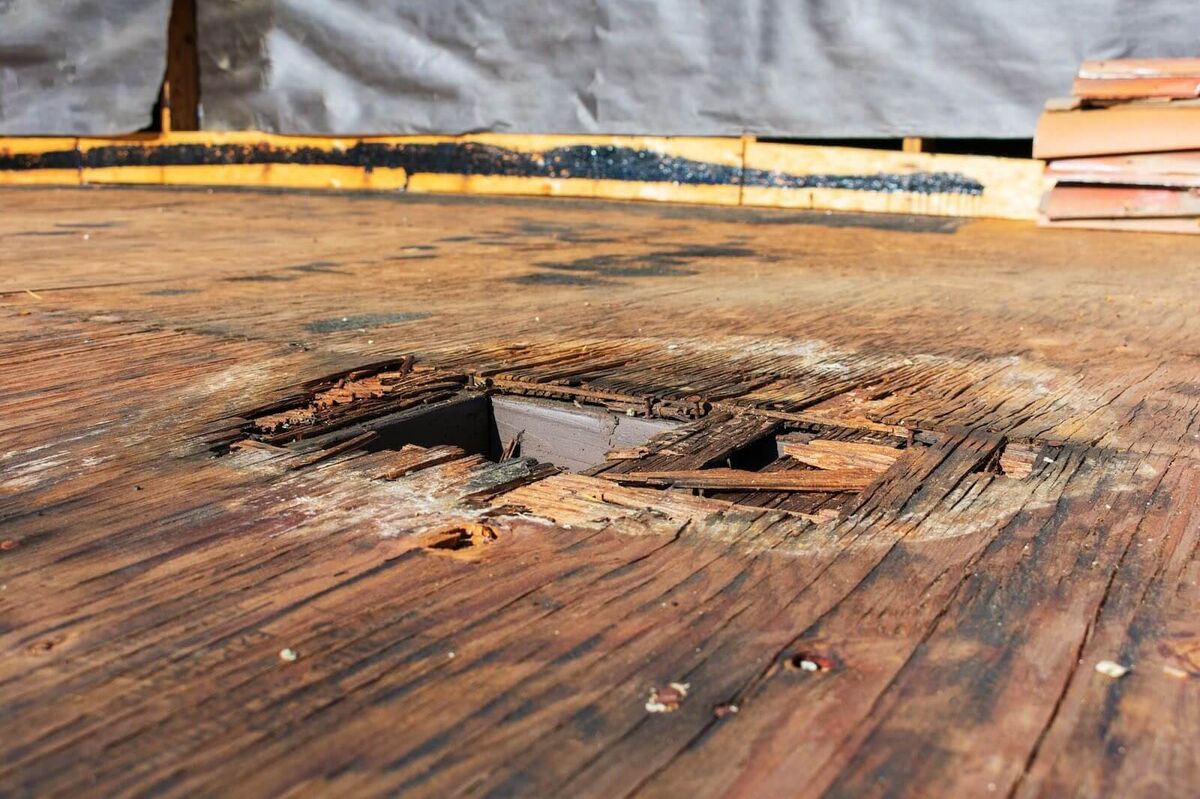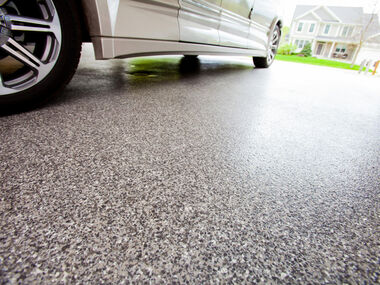Water-Damaged Wood? When to Repair vs. Replace in Raleigh and Wilmington Homes

Homeowners in Wilmington and Raleigh, North Carolina, face several challenges throughout the year. These include thunderstorms, flooding, and damage from hurricanes.
Such challenges often result in water damage that can be difficult to repair. If you find water-damaged wood in your home, it is essential to act promptly to prevent the damage from worsening.
Different Types of Water Damage
Water damage to wood can range from mild to severe, depending on the duration of exposure to moisture. Superficial damage usually extends to water stains or minor swelling.
However, when water penetrates wood deeply, such as during floods, it can compromise structural integrity. If you have load-bearing wood structures in your home, this can quickly become a dangerous situation.
It is also possible for mold to surface in as little as 48 hours after wood has been soaked in water.
How to Detect Wood Water Damage
If your home is exposed to excessive water, it is essential to inspect for wood damage as soon as possible.
Look for warping, cupping, buckling, or stains. If the wood is soft or spongy, it may indicate extensive damage. Surface blemishes, such as cloudiness or rings, may be repaired with light sanding, but you must first dry the wood completely. Avoid using heat to dry it, as this can exacerbate warping or sagging. Instead, open the windows or use a fan.
Repairing Wood Floor Water Damage
Wilmington houses, in particular, often suffer from water damage to their wood floors during storm season. If you can dry the water on a hardwood floor within 24 hours, you can potentially avoid structural damage. However, once the floor is exposed to moisture for more than 24 hours, a professional inspection may be necessary.
Once the floor has dried, look for signs of damage. If the damage appears extensive, consider contacting a professional wood floor water damage repair contractor for assistance.
Cabinetry and Trim Damage
Wood cabinets and trim can also become damaged through water exposure. If the exposure is minimal, such as a leak or spill, sanding, staining, and sealing should be sufficient for restoration. Epoxy fillers can also help restore minor cracks.
However, if there is damage to the plywood layer (such as rot), you should replace the wood. You might wonder whether you can paint over water-damaged wood. In most cases, it is not a good idea, especially if the wood has not been restored. Paint won’t adhere to moldy or swollen wood surfaces anyway.
When to Replace Water-Damaged Wood
Whether the wood in your home has been damaged through spills, leaks, or flooding, it may not always be necessary to replace the wood altogether.
Plain signs you need to replace your wood include:
Visible rot
Soft areas throughout
Delamination of plywood or LVL beams
Black water exposure over a large area
Warping that has compromised structural alignment
If you notice only mild staining on the surface of the wood, a contractor will likely be able to repair it.
Repair or Replace: When to Make the Final Decision
You will only know with certainty how bad the damage is once the wood is completely dry. While the wood is still wet, it will be hard to determine whether it is soft or warped. As soon as it dries, you can easily spot superficial damage that can be sanded away. You can also replace small panels if needed, but only if you know how to check for moisture below. However, if the beams and floor joists are severely damaged, it is recommended that you contact a professional.
A professional wood renovation contractor can also help you replace mold-infested wood if it covers more than 10 square feet of your home. Also, if the water flooding your home is contaminated, do not try to remove it on your own. Contractors have the right tools and drying equipment to conduct a thorough assessment and make necessary repairs.
Trust Anderson Painting for Your Wood Repair or Replacement Services
Whether you need to replace or repair water-damaged wood, your best option is to hire a reliable local contractor. By doing this, you get a professional repair from a company that understands the North Carolina climate and building codes.
If you have wood damage in your Raleigh or Wilmington home, call the Anderson Painting team today. We can assess the damage and execute the necessary repairs and replacements to restore your wood finishes and structures. Get your obligation-free estimate today.




